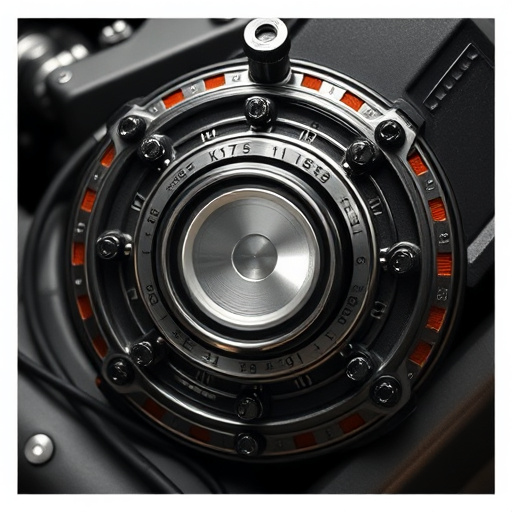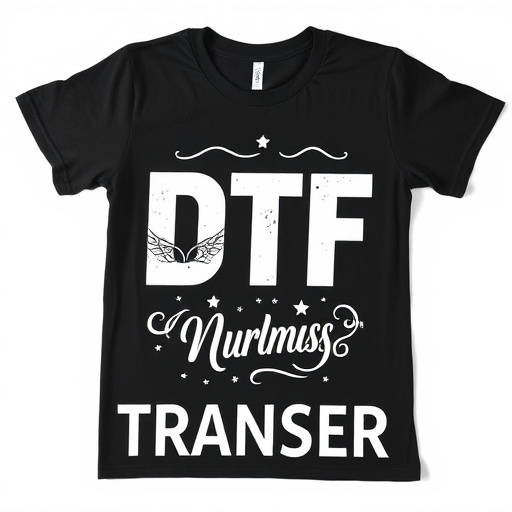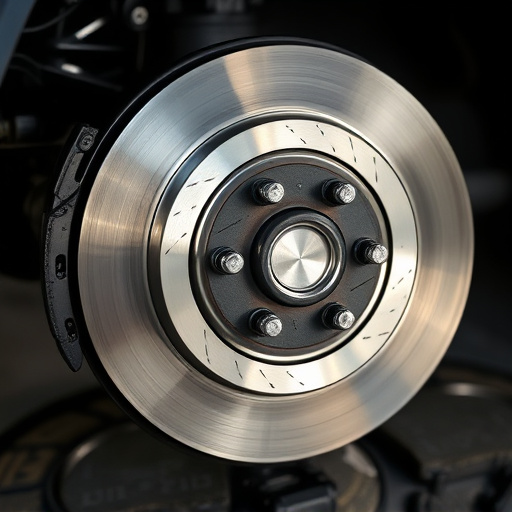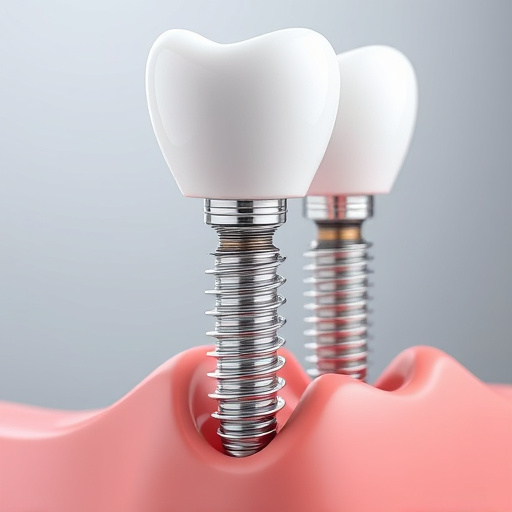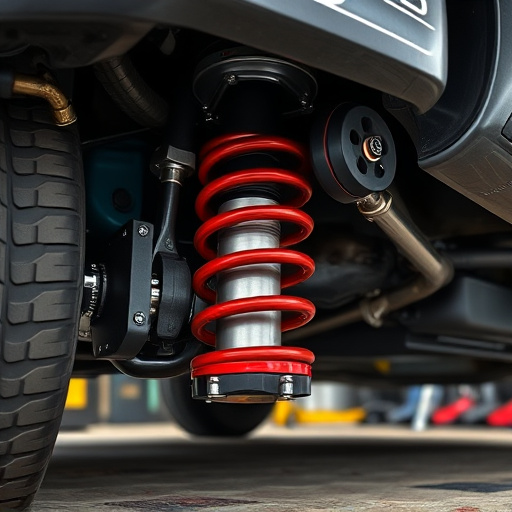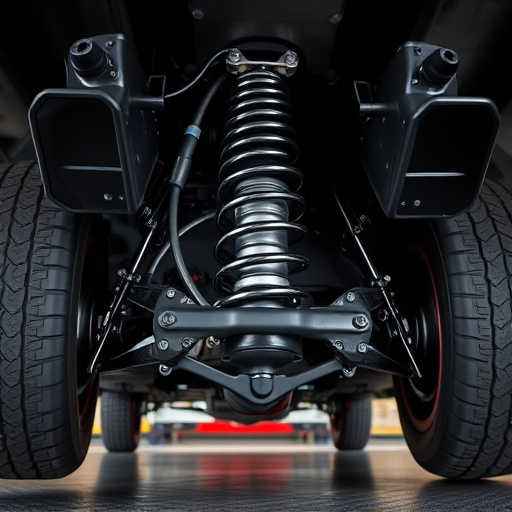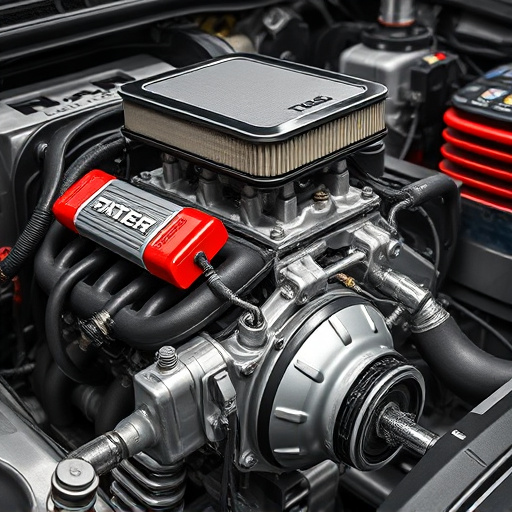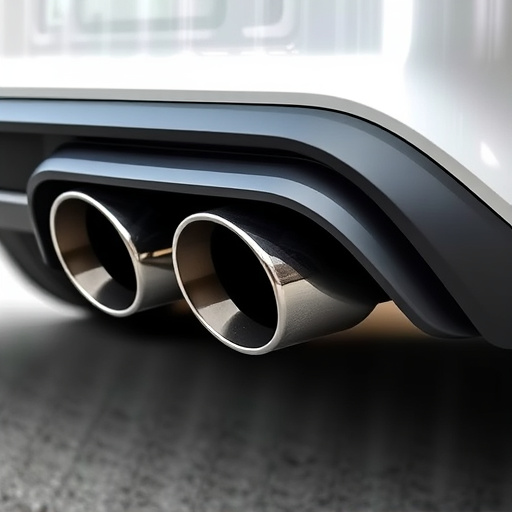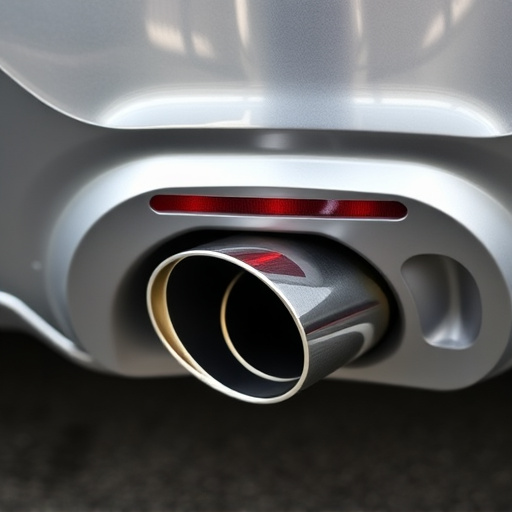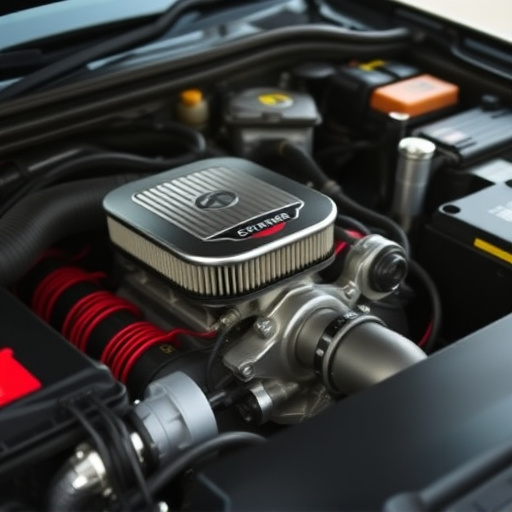Polyurethane bushings outperform rubber in durability and stiffness, ideal for high-performance vehicles and demanding applications like exhaust systems and brake components. Rubber bushing is cost-effective but may degrade faster under extreme conditions. For performance upgrades like coilovers or air filters, polyurethane ensures better handling and longevity due to its flexibility and wear resistance. Select polyurethane for intense cornering forces and precision suspension geometry; use rubber for everyday comfort and vibration absorption where high stress isn't a factor.
“Discover the battle of the bushing materials! This article delves into the world of rubber and polyurethane bushings, exploring their unique properties and performance. Understanding these materials is key to optimizing vehicle handling and durability. We compare their durability, flexibility, and suitability for various applications. By the end, you’ll grasp why polyurethane bushings might be the game-changer your ride needs, or if classic rubber still reigns supreme. Get ready to navigate your way through this suspensively technical comparison.”
- Understanding Rubber and Polyurethane Bushings
- Performance Comparison: Durability and Flexibility
- Application Considerations for Optimal Results
Understanding Rubber and Polyurethane Bushings
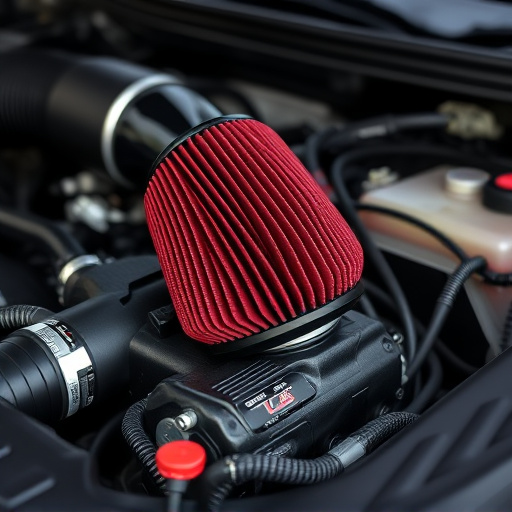
Rubber and polyurethane bushings are both essential components in automotive suspensions, serving to connect and absorb movement between various parts. Polyurethane bushings offer enhanced durability and stiffness compared to traditional rubber, making them a popular choice for high-performance vehicles. They are known for their ability to withstand extreme conditions, including heat and cold, without losing shape or performance.
In contrast, rubber bushings, often found in stock vehicle setups, provide a balance between comfort and stability. While they may not match the rigidity of polyurethane, rubber remains a viable option due to its cost-effectiveness and overall reliability. When considering upgrades like coilover kits or cold air intakes, understanding the differences between these bushing types is crucial for optimizing vehicle performance and ensuring long-lasting results with high-performance parts.
Performance Comparison: Durability and Flexibility
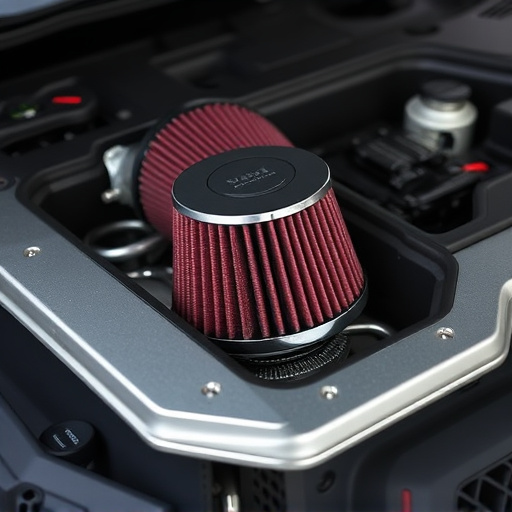
When comparing rubber to polyurethane bushings, durability and flexibility are key performance indicators. Polyurethane bushing materials offer superior longevity due to their resilience against wear and tear, making them a preferred choice for demanding automotive applications like those found in performance exhaust systems and brake components. They maintain their shape over time, ensuring consistent contact and control.
On the other hand, rubber bushings, while generally more affordable, may show signs of degradation faster under extreme conditions. Their flexibility can wane over time, leading to reduced dampening efficiency. When considering upgrades for air filter kits or other performance modifications, polyurethane bushings’ durability and flexibility make them a compelling option, ensuring optimal handling and responsiveness in various driving scenarios.
Application Considerations for Optimal Results
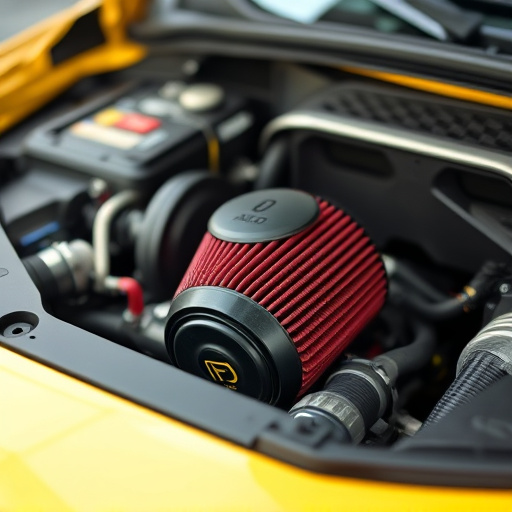
When considering rubber vs. polyurethane bushings for performance applications, understanding application considerations is key to achieving optimal results. Polyurethane bushings offer a unique advantage in terms of durability and load distribution, making them ideal for high-performance vehicles equipped with coilover kits or air filter kits that experience severe cornering forces. Their rigid structure helps maintain precise suspension geometry, enhancing handling dynamics and tire grip.
In contrast, rubber bushings are known for their flexibility and comfort, absorbing road vibrations effectively. However, they may not perform as well in high-stress environments where polyurethane’s superior strength comes into play. For everyday driving comfort without sacrificing too much in performance terms, rubber bushings can be a suitable choice. But for those seeking to maximise the potential of their suspension components, especially in modified vehicles or extreme driving conditions, polyurethane bushings are often the preferred and more durable option.
When comparing rubber to polyurethane bushings, understanding their distinct properties is key. Polyurethane offers superior durability and flexibility over traditional rubber, making it ideal for high-performance applications. However, rubber retains its advantage in certain environments due to its cost-effectiveness and resilience against extreme temperatures. For optimal results, considering the specific needs of your vehicle or machinery is essential. Whether you choose polyurethane or rubber bushings, proper application ensures a smooth ride and extended component lifespan.
